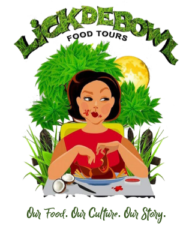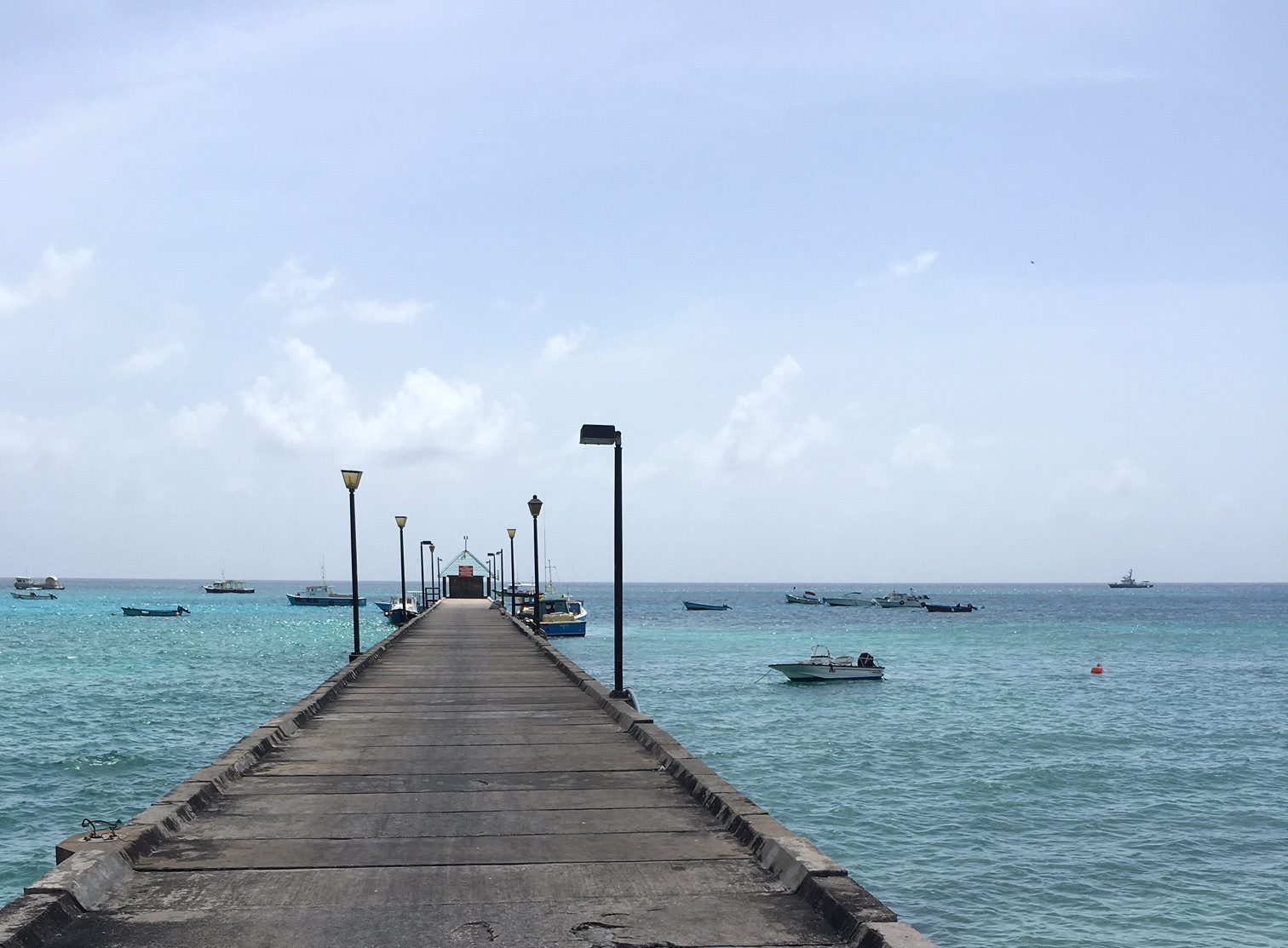Our food and the sea
Though Barbados’ waters abounded with fish, an inland plantation based economy with limited modes of inland transportation and refrigeration meant that salted fish was a popular import in Barbados. Salted fish was a cheap import used to feed large number of slaves. Some writers credit Barbados’ heavily reliance on food imports from the British Isles and America not only to the plantocracy’s desire for foods they ate back at home but to the fact that in the 1700s Barbados was covered in sugar cane to the displacement of other food crops.
It’s very easy to think only of fish and fishing when we consider the sea and food. But historically to the present day, most of what we eat in Barbados comes by way of the sea- that is most of our food made its way to our plates over seas and oceans. In the 17th century English settlers brought their seedlings and cuttings of bananas, cassava, corn, lemons, limes, melons, oranges, pineapples, plantains, pulses, sweet potatoes and yams on patches to a Barbados reportedly densely forested but largely free of food crops and or fruit bearing plants. These settlers also brought chicken and salted beef.
While we no longer have the limitations of those early centuries or the primacy of sugar cane cultivation as justifications, still over 90% of the food Bajans consume present day is imported. Indeed according to the World Bank our food imports as a percentage of merchandise imports in 2019 stood at 23% . Given that quite a bit of our imports are crops that can be grown locally such as potatoes, lettuce and onions there has been national push to reduce our level of food imports.
If there is some credit or advantage to our food by sea imports is that food that is sea freighted versus air freighted emits less greenhouse gases and therefore leaves less of a carbon footprint. Still one hopes that in the not too distant future one thinks of sea to plate Barbados, the sea being exclusively referenced is the Caribbean sea

